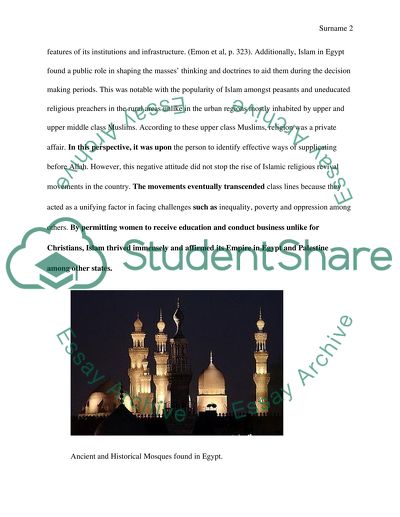Cite this document
(“The Emerge of Islam Research Paper Example | Topics and Well Written Essays - 2000 words”, n.d.)
The Emerge of Islam Research Paper Example | Topics and Well Written Essays - 2000 words. Retrieved from https://studentshare.org/history/1492404-the-emerge-of-islam
The Emerge of Islam Research Paper Example | Topics and Well Written Essays - 2000 words. Retrieved from https://studentshare.org/history/1492404-the-emerge-of-islam
(The Emerge of Islam Research Paper Example | Topics and Well Written Essays - 2000 Words)
The Emerge of Islam Research Paper Example | Topics and Well Written Essays - 2000 Words. https://studentshare.org/history/1492404-the-emerge-of-islam.
The Emerge of Islam Research Paper Example | Topics and Well Written Essays - 2000 Words. https://studentshare.org/history/1492404-the-emerge-of-islam.
“The Emerge of Islam Research Paper Example | Topics and Well Written Essays - 2000 Words”, n.d. https://studentshare.org/history/1492404-the-emerge-of-islam.


